Dynamic Space-Time Meshing for Hyperbolic PDEs
Please login to view abstract download link
Many physical phenomena involve interfaces, separations of negligible thickness between several regions of space with very different characteristics. For instance, in aerospace, shock waves form in supersonic flows (Euler equations). In flood risk management, we might also mention the shallow water equations, or, in astrophysics, the terrestrial bow shock where solar winds meet the Earth's magnetopause (MHD equations). These transient phenomena are challenging to simulate precisely due to the interfaces that appear unpredictably. To address this, we propose a high-order discontinuous Galerkin method, where we mesh the domain in both space and time. This allows us to ensure the mesh always remains conformal to the physical interfaces such as shock waves, contact discontinuities, and domain boundaries. Most of the time, this can be achieved by moving the nodes of the spatial mesh while keeping its topology constant. Unlike an ALE method, when moving the nodes, the space-time approach automatically satisfies the discrete geometric conservation law (DGCL). In some cases, such as nucleation or annihilation, the spatial topology of the mesh still needs to be adapted by adding/removing elements. With our approach, this can be achieved with a conformal space-time mesh, avoiding reprojecting the solution from one mesh to another as in a classical AMR method. At present, we can simulate linear and non-linear hyperbolic systems in two spatial dimensions without diffusive flux. Our space-time mesh consists of a series of slabs one above the other, each covering the physical domain between two time steps. These slabs are subdivided into hexahedra, formed by extruding quads through time. We are also able to refine a mesh during a simulation, either globally or locally. Other quad mesh topological changes are also implemented in space-time, such as "vertex rotate", "edge rotate" and "diagonal collapse". However, these topological transformations cannot yet be systematically or automatically combined.

